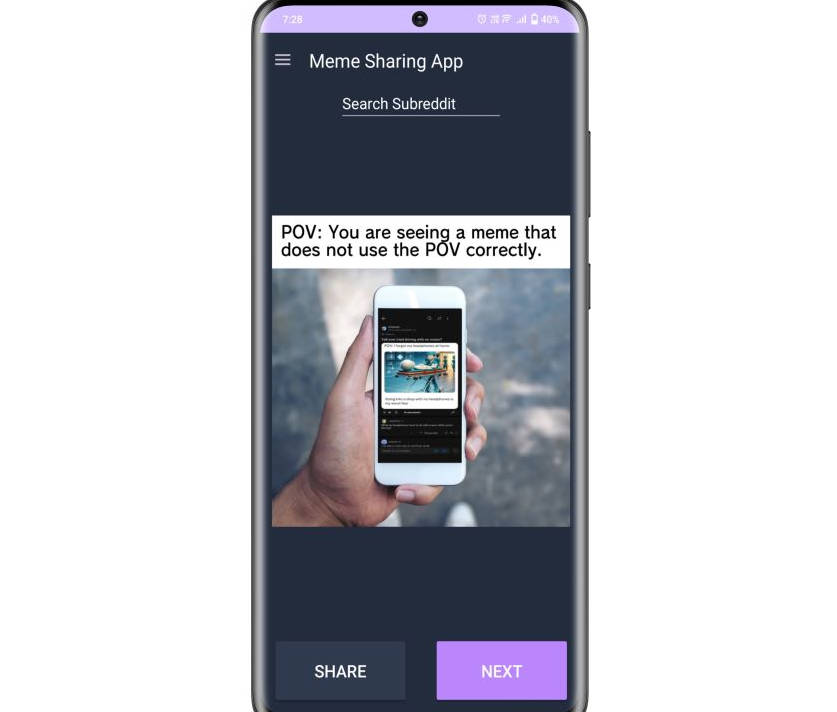R2DBC Sharding Example with Kotlin Coroutine
- A minimal sharding example with R2DBC and coroutine, where
usertable is divided into
2 different shards. - To which shard a
userbelongs is judged by modulo operation on its id. - Connection pool for each shard.
- Following curl command makes a db entry to either shard in a round-robin manner
curl -X POST "http://localhost:8080/users" \
-H "Content-Type: application/json" \
-d '{"name": "foo"}'
- And, and a user can be retrieved by their id:
curl -X POST "http://localhost:8080/users/1" # DB query is automatically routed to `shard1`.
curl -X POST "http://localhost:8080/users/2" # Routed to `shard0`.
Pre-requisite
- MySQL or MariaDB instance running at
127.0.0.1:3306and initialized with the following SQL.
CREATE DATABASE `shard0`;
CREATE DATABASE `shard1`;
CREATE TABLE shard0.`user`(
id BIGINT PRIMARY KEY,
name VARCHAR(20) NOT NULL
);
CREATE TABLE shard1.`user`(
id BIGINT PRIMARY KEY,
name VARCHAR(20) NOT NULL
);
CREATE USER 'foo' IDENTIFIED BY 'bar';
GRANT ALL PRIVILEGES ON * . * TO 'foo';
- URI for each shard is configurable in
application.yaml.
Tech Stack
- Armeria
- Server framework
- Use kotlin coroutine integration –
armeria-kotlin - Use Springboot integration –
armeria-spring-boot2-starter
- Springboot
- Minimal use only for DI and to use spring-based libraries (e.g.
spring-data-r2dbc)
- Minimal use only for DI and to use spring-based libraries (e.g.
- R2DBC
spring-boot-starter-data-r2dbc- Driver –
r2dbc-mariadb - Connection pool –
r2dbc:pool - Sharding with
AbstractRoutineConnectionFactory
How DB Routing Logic for Sharding Works?
AbstractRoutingConnectionFactoryis R2DBC equivalent forAbstractRoutingDataSource
in JDBC.- While typical
AbstractRoutingDataSourceimplementations usually leverageThreadLocal
to store and retrieve DB routing context,AbstractRoutingConnectionFactorylet users access Reactor’s
subscription context and store the routing context in there so that it’s not lost in an asynchronous
execution flow. - DB routing context can be written like..:
val dbClient: DatabaseClient
suspend fun findUserById(id: Long): User? =
dbClient
.sql("SELECT * FROM `user` WHERE id = :id")
.bind("id", id)
.map { row -> row.toUser() }
.one()
// Write a routing context which will later be used in an
// `AbstractRoutingConnectionFactory` implementation to judge the right `ConnectionFactory`.
.contextWrite { context -> context.put(ROUTING_KEY, id % 1024) }
.awaitFirstOrNull()
- See
RoutingConnectionFactoryandUserModelMapperfor more details.
Advanced Topics
Sharding with Master / Slave
- Make your own routing rule by adding more context information to Reactor context.
For instance, you may want to haveisWriteQueryboolean flag in the context and
use it as a hint to route the query to slave DB instances.
Logical Shards and Physical shards
-
This example already demonstrates sharding with 2 logical shards in 1 DB instance,
but in a bit inefficient way since connections are made for each logical shard.In a real world example, you may want to have only 1 connection pool for each physical shard
and this can also be achieved by modifyingAbstractRoutingConnectionFactoryimplementation.
…


